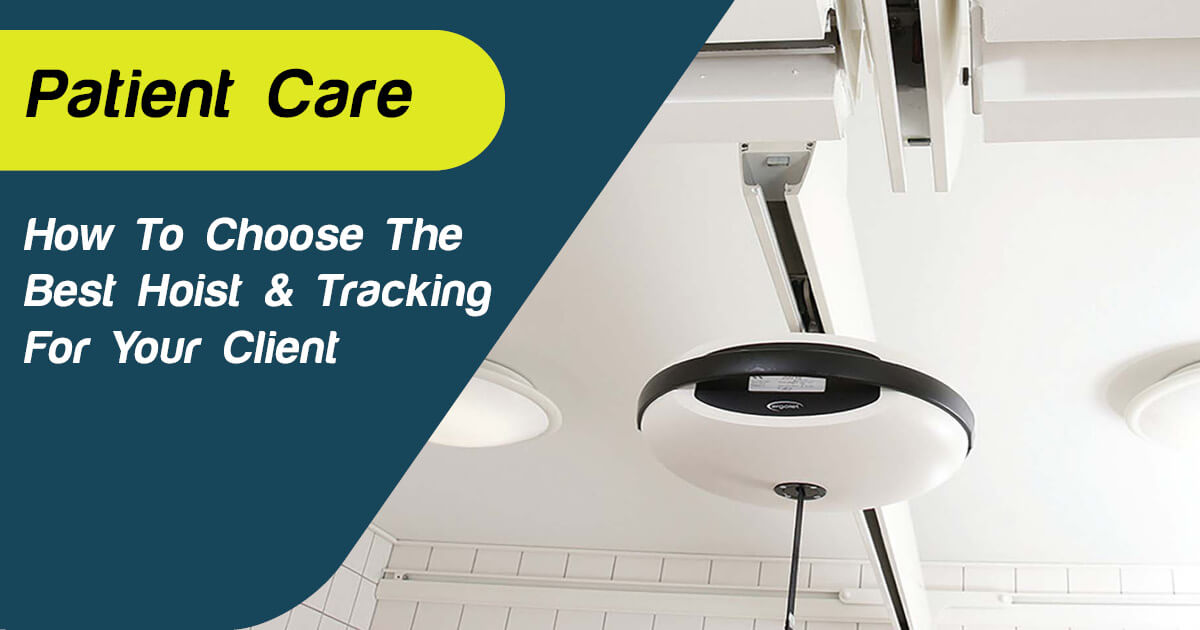
Share

Manual wheelchairs are light, have the option to fold and do not require charging, making them an excellent choice for those who love to travel and do not need assistance propelling themselves forward.
While manual wheelchairs are both convenient and affordable, they do require maintenance every now and then to keep them running at optimal performance. In this article, we share some common issues when it comes to maintaining a manual wheelchair and what you can do daily, monthly and annually to ensure your wheelchair performs for years to come.
Creating A Maintenance Schedule

Everyone’s wheelchair maintenance schedule is a little different. How you maintain your wheelchair comes down to two factors: the model of your wheelchair and how it is being used. However, there are a few basic elements that we recommend all wheelchair users add to their maintenance schedule as a rule of thumb:
- Check your wheelchair’s tyre pressure at least once a month.
- Check the wear-down and general condition of your brakes.
- Check all the moving parts and adjust your backrest if it’s shifted.
- Check your anti-tip mechanism carefully.
- Check your backrest cushion, arm pads and footrest every 3 – 4 months.
- Clean the frame and check for rust.
It’s important to remember that regular use of your wheelchair will cause a lot of wear and tear to the crucial components of the chair. These components are required for your wheelchair to function properly, so you will need to keep them in good condition. Below, we have outlined the different parts and components of your wheelchair to check on a regular basis.
If you need assistance maintaining your manual wheelchair, contact our service and repairs team. We offer maintenance and repair services in Silverwater and Thornton NSW, or we can come to your location.
Checking Your Cushions
Inspect cushion covers and the cushion itself for holes or tears. If your skin is exposed to the wrinkled fabric, it can cause additional pressure on the skin and cause skin abrasions or pressure ulcers. Ensure that the attached hardware is secure especially around the backrest as this can become a safety issue.
As upholstery gets older, it can lose shape and tension which can cause changes in posture, pressure, sitting balance and even your ability to propel yourself forward. If you have adjustable tension upholstery with velcro straps, tighten the straps where you need them and check if they’re worn and/or need replacing.
Checking Your Brakes
It’s important to check your brakes every week, especially if you notice braking issues while using your wheelchair. The efficiency of your brakes can be degraded by movement out of position due to bumps and general wear and tear. Wet or deflated tyres can also impair the performance of the braking system.
Checking Your Front Wheels
The front wheels play an important role in the stabilisation, turning circle and propulsion of your manual wheelchair. While performing minor maintenance, take a moment to look at the condition and overall functionality of the front wheels.
Slight right or left turns and non-fluid movements are two of the more common problems that can occur when your front wheels are out of alignment. To avoid and correct this issue, we recommend booking a service to realign the wheels.
Checking The Tyres and Tubes
The performance of your wheelchair can be disrupted if the tyres and inner tubes are in poor condition. One of the most common causes of mobility problems is low tyre pressure — when it’s too low, you will have to exert far more energy to propel and direct your wheelchair. Conversely, if your tyre pressure is too high then you run the risk of bursting the tube and outer tyre.
To find the recommended pressure range for your wheelchair, consult your user manual.
Fitting wheelchair tyres is a relatively simple process. If you’re unsure how to do it, you can follow a basic instruction manual for fitting bicycle tyres — the process is essentially the same — or contact our service and repairs team. We can fit the tyres during a regular service.
General Maintenance and Care Tips

- Check your brake fittings and performance every week.
- Check the pressure and overall condition of your tyres every month.
- Inspect the wheelchair frame and fittings. Check each screw point and test it for looseness. Make sure you check any joints that are secured with self-locking bolts.
- Use a mild detergent to clean your wheelchair, avoiding upholstering and any exposed bearing points. Rinse the wheelchair before you store or use it. If you want to wash the backrest or cushion, use soap and water.
- Use suitable oil for wheel bearings and castor bearings to ensure the smooth running of wheels. Be sure to wipe off excess oil with a clean cloth.
- If you’ve used your wheelchair in a sandy area or come into contact (either directly or indirectly) with salt then give it a more intensive clean.
- If you plan to store your wheelchair for any length of time, use a protective weather-proof cover. Leave the chair in a dry place and try to keep it out of direct sunlight. The next time you use your wheelchair, make sure you comprehensively check it over.
Contact Active Mobility To Book A Service, Maintenance and Repairs
These general tips will help you keep your manual wheelchair in good condition for years to come — however, booking a professional service never hurts! We have a professional wheelchair service team that can ensure all checks are carried out to the highest standard and ensure all components of your manual wheelchair are checked and professionally repaired.
Contact us at (02) 9649 2111 or repairs@activemobility.com.au to book service and repairs — our technicians will ensure your wheelchair is in excellent condition for the months ahead!









